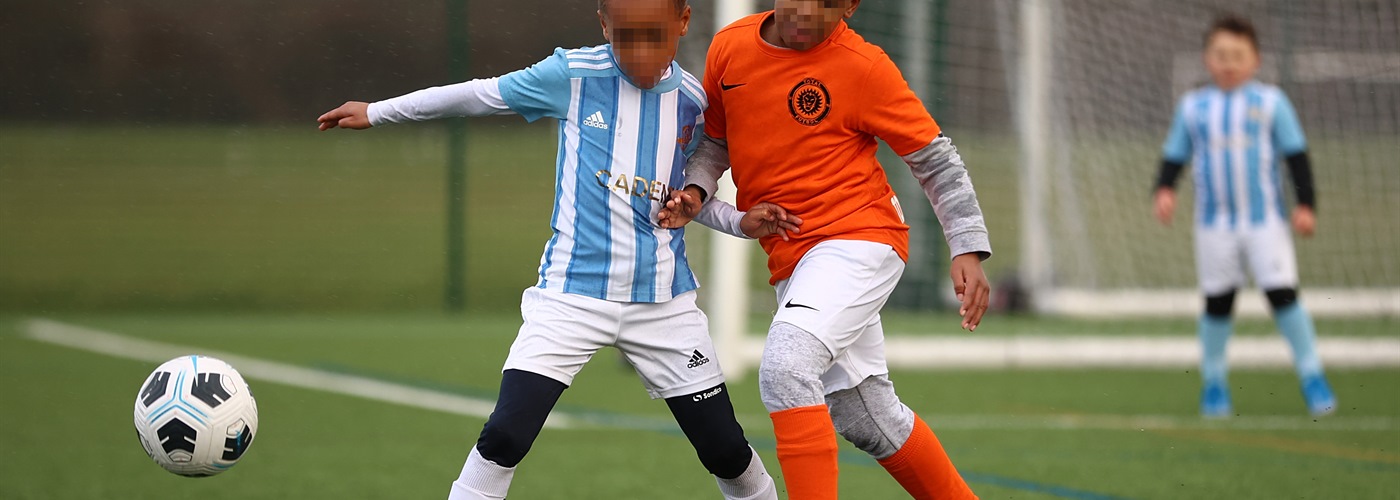In this blog, Pete Sturgess, our early years specialist, discusses challenging, how the art of defending has changed and how you can help your players.
“If people only knew how hard I work to gain my mastery, it wouldn’t seem so wonderful at all”
Michaelangelo
If you look at the dictionary definitions of the word “challenge” then you are met with phrases like;
‘to engage in any contest, as of skill or strength’ or
‘something that by its nature or character serves as a call to battle, contest or special effort’.
When we look at the previous England teams’ defensive qualities, we can see they have very much embodied ‘going into battle’, fighting for the ball and imposing themselves physically in order to dominate the combative situations that occur regularly on the pitch.
The modern game has changed this. The fast paced, highly technical game of today requires such an approach to defend and challenge for the ball. The skilful defender of today knows how to dominate the 1v1 even though their opponent has the ball. They have become highly skilled in reading patterns of play and body cues and this has enhanced their ability to anticipate and intercept. Defending is now an art form that we must help our players understand and develop.
Development can begin with the youngest players through some very simple messaging; ‘be difficult to beat’ or “rather than kick the ball out, be patient, wait for the right time and you might be able to take the ball off your opponent instead of kicking it out and handing them back possession’. This is where it all begins. Defending may not attract the attention of many young players, but it is a vital part of the game. So, knowing how to slow down effectively, shape your body and then begin to use your arms and hips effectively to manoeuvre your opponent off the ball should all be practised in fun and engaging ways.
This individual focus can then develop into teammates working together. They can read each other’s intentions and actions so that their collective understanding of how to apply appropriate pressure and cover can begin. This is obviously a long-term process but using lots of small number practices that are directional and use areas of varied sizes will all contribute to developing the “art of defending.”
We are seeing a generation of modern defenders who are very capable on the ball, happy to step into midfield to help create attacking overloads and can operate in many different parts of the pitch but the best defenders are also able to be in the right place at the right time to block a cross or intercept a pass. They are able to present an impenetrable, highly coordinated wall of arms and legs capable of disarming the attacker in an efficient and highly skilled way. The robust, fearless warrior of the past is being replaced by a highly efficient defending machine and as a nation we need to make sure that we embrace this development whilst maintaining all the great qualities of the past.
The game of the future may become even faster and so the value of the skilled defender will increase. But artists develop from hard work, application and learning their craft. We have made huge strides in developing highly creative and skilful attacking players. Let’s try to apply the same approach to the “art” of defending.
How do you develop challenging and defending with your players? Do you have any questions for Pete? Let us know below.


